Over the summer I drove from the California Coast North to Washington and then East all the way to Boston, Massachusetts, camping the whole way. I found my campsites through energetically deciding when I would stop and where I would go. I won’t say that all of the camping I found was legal – but it was such a beautiful way to learn the country and I asked permission to stay where I could.
On the way, I had hoped to see a few different plants – uva ursi, arnica, and yarrow were among them (and I got to see them all!) Truthfully, yarrow grows everywhere but I really wanted to see how it grows all over the country and if it takes on different properties in different ecosystems (it doesn’t.) When I was in Montana outside of Glacier National Park, I just knew that I was going to find Yarrow—don’t ask me how, I just knew—so I followed the “Yarrow Energy” as I was calling it (traveling alone does things to you) and I ended up camping in a forest meadow surrounded by yarrow overlooking Two Medicine River and Glacial Mountains. It was one of my favorite resting places and I have yarrow’s guiding energy to thank for that.
About Yarrow (Achillea millefolium)
Yarrow is named after the Greek hero Achilles. It is said that the herb gave him the property of invulnerability because it was floating in the River Styx when his mother dipped him—of course, she was holding his ankles, which weren’t coated in the elixir and that’s where the term “Achilles’ heel” came from. To this day, yarrow is known as the flower of invulnerability.
Yarrow grows everywhere. It’s native to the entire northern hemisphere and is naturalized throughout the world. It’s worth growing because of the health benefits to you and your family, and guess what? It’s pretty, smells great, and loves to grow (totally boyfriend material.)
Yarrow likes lots of sunshine and it isn’t picky about anything after that. If you feed it lots of water it will grow large feathery leaves, but if you’re like us and you’re experiencing a drought in your part of the world, the leaves will be more petite. It doesn’t have any particular preference to soil type—it’s a nitrogen fixer, so it will help fertilize your soil and is a fabulous ally to other growing plants. A perennial that self-sows and spreads by runners, it can be prolific in your garden (it can take over if you’re not careful.)
If you ask any herbalist, she will tell you a great many stories about the healing powers of yarrow. I’ve even heard some say that if they had to choose one herb, this would be it!
Yarrow’s Magical History
Being named after an indestructible deity isn’t the only interesting lore connected with Yarrow. It has a rich cross-cultural history of being used during sacred rituals to help provide guidance.
Yarrow has a deep connection with prediction and clairvoyance. It is said to have been used in divination spells by witches, to predict seasonal weather patterns by the Druid-kind, and 50 Yarrow sticks are used to create the divination hexagrams of the ancient Chinese I Ching, an influential text that is still used to offer guidance on moral decisions.
During the Dark Ages, monks took over the production of beer making and disallowed the people to make their own traditional brews, which lead people to use the Germanic hops plant to get the bitter taste we know now. Before the (literal) hops revolution, the town’s elder women were the beer makers. They prayed to the Earth and the Gods and trusted them to choose the right natural yeast to do its job while they stirred and watched their cauldrons at all times until the fermentation process had taken hold (if you’ve ever wondered where bubble, bubble toil and trouble comes from, now you know.) Yarrow was one of the main ingredients in these brews because it imparted the bitter taste and added an extra psychoactivity into the mix.
There are More than A Couple of Uses for Yarrow
In a Steam Bath:
For clogged pores, respiratory infections, or allergies a steam bath is where it’s at. The heat from the steam opens the airways so the yarrow can get into all the nooks and crannies to clean and tighten up those tissues.
Just put a few leaves (the more, the better) into a pan of simmering water and let the steam wash over your face while you breathe deeply. I like to use a thick towel over my head when I do a steam bath to trap the steam and make it more effective.
As a Tea:
For a fever, cold, delayed moon cycle, allergies, indigestion, low appetite, or any type of digestive unrest, a couple cups of strong tea daily can change your life.
Use the same tea as a hair rinse to soothe dry or itchy scalp.
If you get migraines, soak a towel in the tea, lie down, and place the towel over your eyes and forehead, letting the tea seep into your eye sockets and your head.
As a Flower Essence:
Being the flower of invulnerability, using yarrow as a flower essence is wonderful for creating healthy boundaries in a few different ways.
We all know those ‘misery loves company’ people and sometimes that sort of negativity can be a serious downer. Yarrow protects those that are sensitive from the impact of this type of outside negativity.
It also helps to define boundaries between people. It’s awesome for introverts because we’re easily exhausted by interacting with other people so this is something that I take with me to events or parties where I know I’ll be interacting a lot and although I still get exhausted from the interaction, it’s not as difficult to recover from.
Yarrow is an essence for people who are scattered and sort of lost on their chosen path too. It helps to solidify a sense of self so that a person can feel confident in taking next steps on their path.
For Pets:
For my fuzzy friends, I keep dried yarrow powder around in case they hurt their little padded feet or rub against the rose bush. (I don’t know why they keep doing that.) Sometimes I put a leaf right into their water dish, just to keep it clean and give them a few more nutrients. For itchy spots, I give them 1-3 drops of tincture on their food daily along with a cool tea rinse—they don’t love the rinse, but it helps.
For Plants:
One of the most precious things, to me about yarrow is how helpful she is to other plants. Since yarrow is a nitrogen-fixer and is packed with good minerals, use cool yarrow tea to water houseplants that aren’t very happy. The yarrow will help to nurture your plants back to health!
Yarrow is also one of the best compost plants out there. In a prolific year with lots of water, the leaves make a perfect natural mulch for the garden!
Is yarrow in your home apothecary? What’s your favorite use for it?
by Aubrey Wallace, Resident Herbal Scholar
Sources:
Tilford, G., & Tilford, M. (2009). Herbs for pets: The natural way to enhance your pet’s life (2nd ed.). Laguna Hills, Calif.: BowTie Press.
McIntyre, Anne. Flower Power: Flower Remedies for Healing Body and Soul through Herbalism, Homeopathy, Aromatherapy, and Flower Essences. New York: Henry Holt, 1996. Print.
Hoffmann, D. (2003). Medical herbalism: The science and practice of herbal medicine. Rochester, Vt.: Healing Arts Press.
Alfs, M. (2003). 300 Herbs Their Indications and Contraindications. New Brighton, MN: Old Theology Book House.
Mars, B. (2007). The desktop guide to herbal medicine: The ultimate multidisciplinary reference to the amazing realm of healing plants, in a quick-study, one-stop guide. Laguna Beach, CA: Basic Health Pub.
Moore, M. (2011). Medicinal plants of the Pacific West. Santa Fe: Museum of New Mexico Press.
Gardner, L. (2008). Life in the medicine: A guide to growing and harvesting herbs for medicine making. Sebastopol, C.A.: Emerald Earth Pub.
Baker, Jeannine Parvati. Hygieia: A Woman’s Herbal. Albion, Calif.: Freestone ;1978. Print
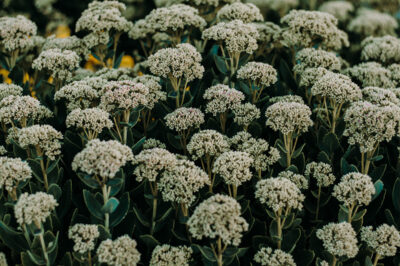

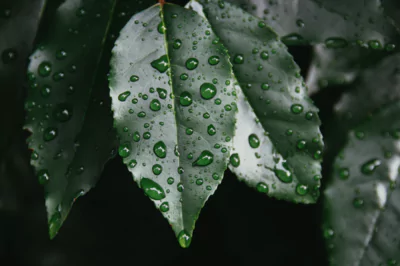
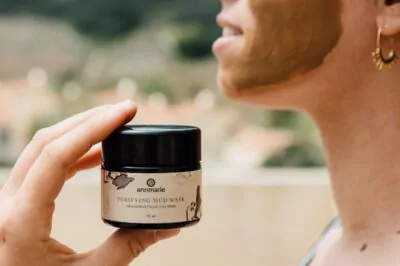
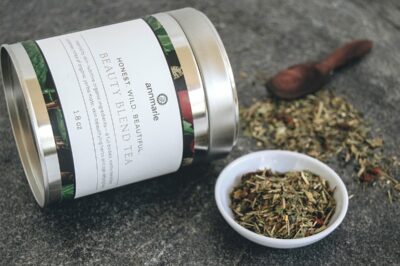
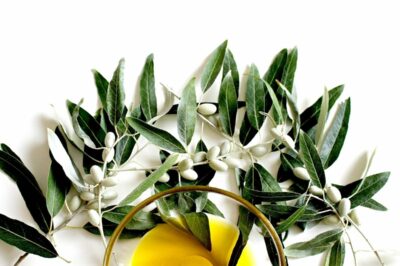
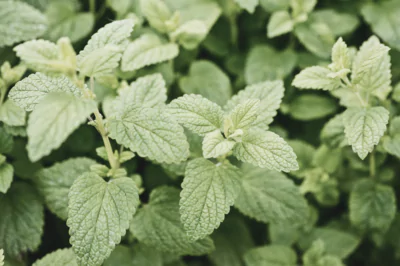
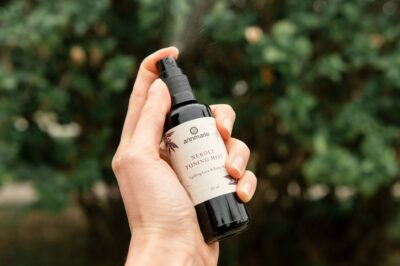
I cut my thumb tip off. Sprinkled powdered yarrow on it to stop bleeding. It formed like a natural bandage cap. I’d read it’s antimicrobial & antibacterial properties would aid in the healing, so I just wrapped it all up in gauze and tape. Every night, the wrap would get replaced. The yarrow cap fell off in just two days. Within less than two weeks it’d healed enough, I bowled with the thumb. In three weeks almost all cells had been regenerated with the littlest sliver of a scab. I think it’s a miracle herb.
I’m obsessed with all sorts of medicinal herbs I forage for in local forests and meadows, and I have to say, yarrow is still my personal favourite for all its wonderful properties and calming, refreshing effects when mixed with spearmint in a tea infusion.